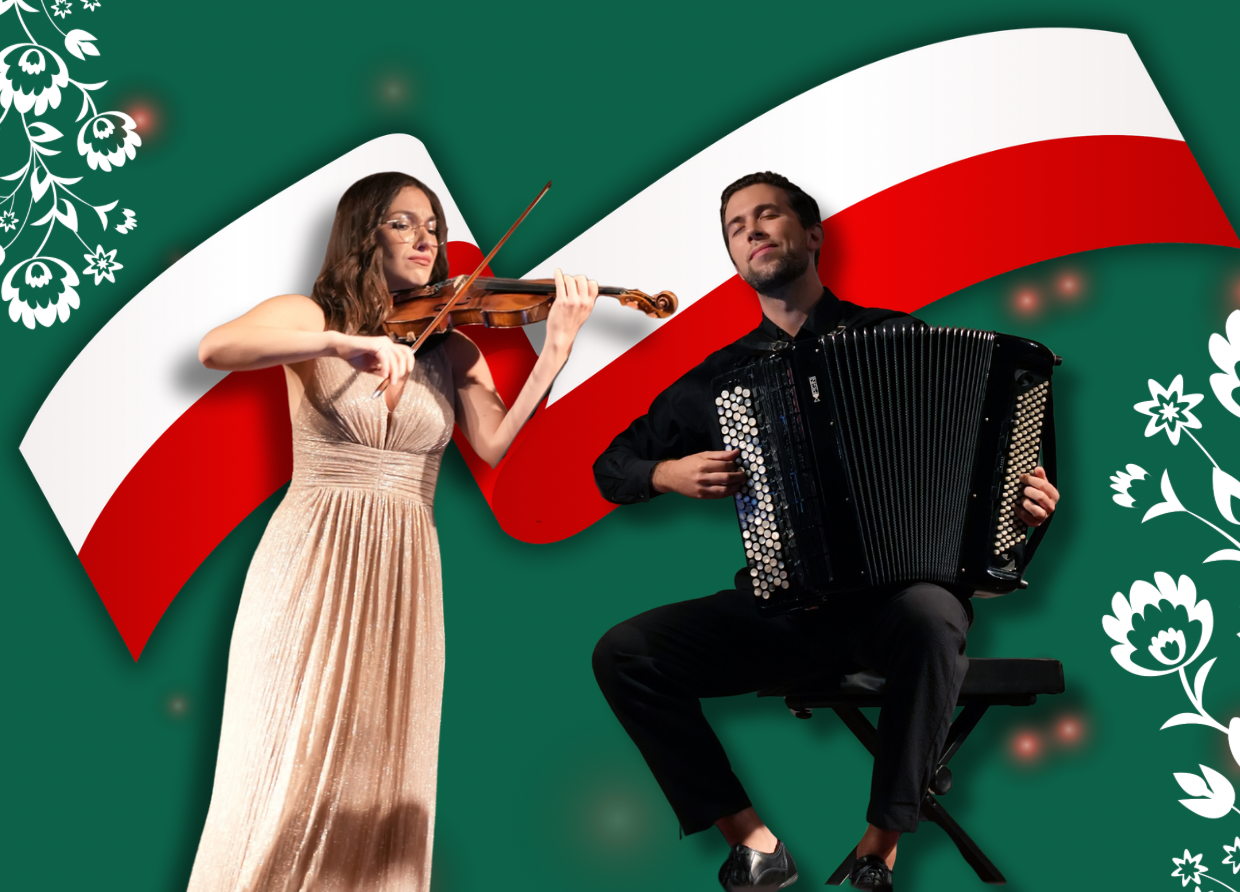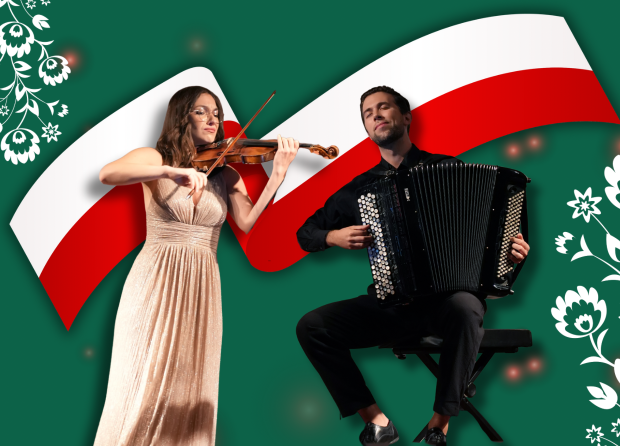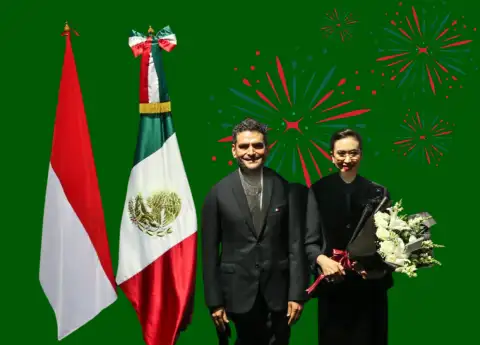FIGURE SKATING: HOW IT CAME TO BE AND HOW IT BECAME AN ICON OF WINTER OLYMPICS
Ice skating has been around since ancient times, but figure skating only began in the 1700s.

The first figure skating competition was held in the mid-1800s. During this period, local rinks were created to give interested individuals a chance to show off their various ice skating skills.
Nowadays, modern figure skating is often presented with excitement and dazzles spectators with its daring moves and costumes, such as in the Winter Olympics. However, its origins can be traced back to ancient times when skaters traced geometric patterns or literal "figures" on the ice.
View this post on Instagram
In the beginning: ice skating
Early evidence has shown that ice skating was practiced in Russia and Scandinavia around 3,000 B.C. It started during the period when people in Russia and Scandinavia used the shin bones of various animals to make ice skates. These primitive skates had no edges and were equipped with staff and poles.
In the 14th century, the Dutch made skates with sharpened steel blades. This design feature allowed skaters to control their speed.
The sport of figure skating caught the attention of the public during the 18th century due to the increasing number of people wanting to participate in recreational activities. In 1772, Robert Jones, an Englishman, wrote a book that helped people create various shapes on the ice.
The book helped introduce an English style of figure skating, which was characterized by the precision of the patterns created on the ice. By the late 1800s, figure skaters had to perform a series of 41 designs during a competition.
Americanized figure skating
Before the U.S. Civil War, the sport of ice skating became immensely popular in the country. Its popularity was further boosted by the various technological advancements that made the skates easier to use and more affordable.
When Jackson Haines grew up in New York City, he was dissatisfied with the English style of figure skating. He then developed a free-flowing style that featured various ballet moves and music. When Haines moved to Europe in 1868, he found that his elegant style was more popular than the English one on the continent. He then incorporated waltzing into his performances and taught his new style to other figure skaters in Vienna.
In the 20th century, Ulrich Salchow of Sweden became the first professional figure skater to break the record for winning 10 world titles.
Figure skating in Olympics
View this post on Instagram
The first Winter Olympics in 1908 was held in London. Salchow won the men's event while England woman skater Madge Syers took home the gold in the ladies' competition. Until 1936, figure skating was the only event in the Winter Olympics that allowed women to participate.
After Peggy Fleming of the U.S. won a gold medal at the 1968 Winter Olympics, television viewers witnessed the sport's transformation from lighthearted recreational activities to an Olympic sport. In 1976, The more telegenic aspect of ice dancing, developed by the Vienna Skating Club in the 1800s, became a separate medal sport.
#THE S MEDIA #Media Milenial


























